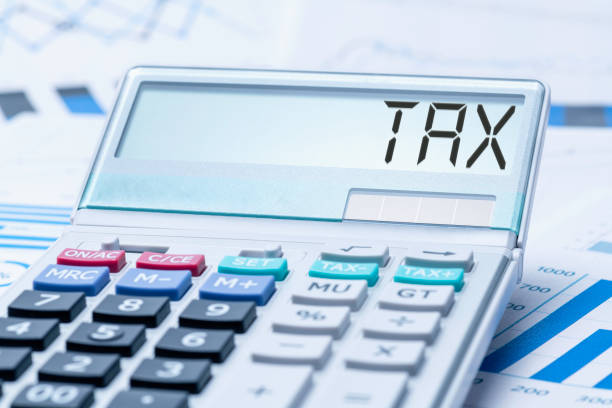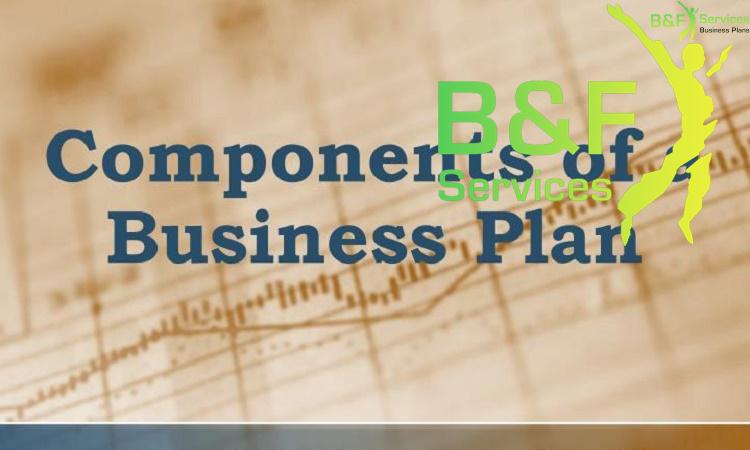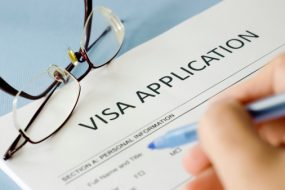

Want to ace your business SEIS/EIS business plan? Then you’ve come to the right place. This blog will explain everything that you need to know about this type of business plan.
Overview
The Enterprise Investment Scheme (EIS) and the Seed Enterprise Investment Scheme (SEIS) are two of a numeral amount of UK government industries, that enable invention by giving private investors a substantial tax break when financing in early-stage, increased- danger companies.
SEIS Vs EIS: Differences


The two schemes are alike but have some significant differences.
SEIS is concentrated on especially before-stage businesses and authorises a person to fund up to £100,000 per tax year and to obtain a 50% tax break in retrieval. The investor will also aid from a capital gains tax immunity on any earnings that surface from the sale of claims after three years.
EIS, though, concentrates on medium startups. It authorises a person to fund up to £1 million per tax year and to obtain a 30% tax break in retrieval. As with SEIS, the investor will even pay no capital gains tax on any earnings stemming from the sale of the claims after three years.
With both SEIS and EIS, there is no heritage tax to pay on shares retained for at least two years. Finally, if stakes are ultimately sold at a loss, the investor might compensate the loss against their capital earnings tax.
Types of Enterpises that are Suitable for SEIS and EIS


The majority of customs do qualify for SEIS and EIS funding, but a number are excluded from the schemes altogether. Excluded trades include those dealing in land or entities, those interested in banking, insurance or money-lending, those supplying legal or accountancy assistance, those interested in property development and those developing and shipping electricity. There will necessarily be some grey zones that might need additional investigation. A valid point to note is that enterprises are only banned from boosting money under SEIS and EIS if a ‘significant’ segment (+20%) of their trade movement included the excluded activity.
There are also some tests that need to be fulfilled before you can positively present your investors SEIS or EIS.
Utilising the SEIS and EIS Asset
In order to obtain SEIS or EIS assets, the accounts submitted need to be utilised for qualifying business activity. They need to be utilised exclusively to encourage the blossoming and expansion of the company, such as employing new employees and creating the product or marketing.
How much Money can an Enterprise Submit Under SEIS and EIS?


An enterprise can submit a maximum of £150,000 in SEIS allowance, whilst a maximum of £12 million per enterprise can be raised in EIS funding. You might not be able to obtain the full payment if your business has obtained any de minimis state support in the last three years, the price of which will count towards the boundary for an asset.
Investors Contributing under SEIS and EIS


Anyone person can sponsor a maximum of £100,000 under SEIS per tax year, whilst people supporting in EIS can support no more than £1 million per tax year. Claims published under the SEIS and EIS schemes need to be expected claims, with no preferred rights connected.
There are also strict standards that an individual sponsoring under SEIS or EIS must not hold more than 30% of the enterprise’s general shares, nor can they be associated with the business in a director or employment accommodation. An investor might be offered a director role on the board after the claims are allocated but not before, and it is thus essential that an investor is allocated their claims before they are established as a director.
Administrating for an SEIS & EIS Advance Assurance


The majority of investors will need advance assurance that your business is suitable for SEIS or EIS allowance. You should thus propose an application to HMRC before you begin showing investors SEIS or EIS investment possibilities; this is called acquiring advance assurance from HMRC. When applying for advance assurance, HMRC will need the details of at least one proposed investor. HMRC will also need your business plan and 3-year financial projection, a copy of your most delinquent accounts (if available), a cover letter, and various other documents.
When you’re Allowance Round is Secured


After your allowance round is secured, and share certificates have been allocated to investors, a SEIS1 and/or EIS1 compliance statement need to be sent to HMRC before your investors can be given their tax relief. If triumphant, HMRC will supply your investors with a different investment reference number, which now lets you issue SEIS3/EIS3 certificates to your investors, allowing them to claim tax relief.
Finding SEIS/EIS Investors
By administrating and receiving an advance assurance, you’ll be able to enable your investment to angel and early-stage investors, multiple of whom solely invest in SEIS/EIS qualified businesses. Check out this handy directory of UK angel investment groups, and the top 11 best networking events to meet early-stage investors in London.
Conclusion
Overall, it’s really important to think about what will make you’re SEIS/EIS business plan/application stand out to the crowd. B&F Services will help with what you should include. Also, feel free to download our apps, which will help you when it comes to your business plan.








